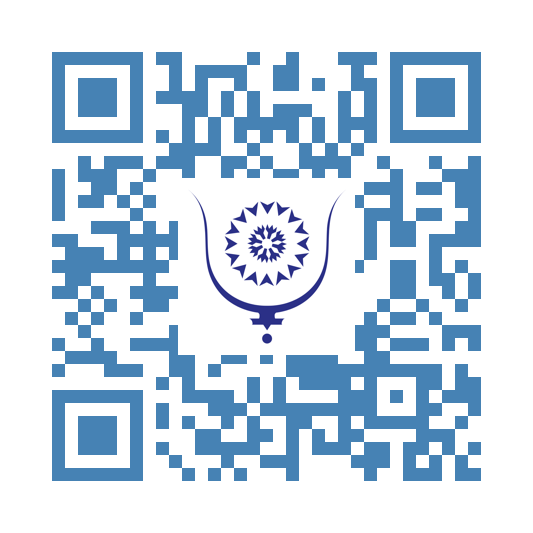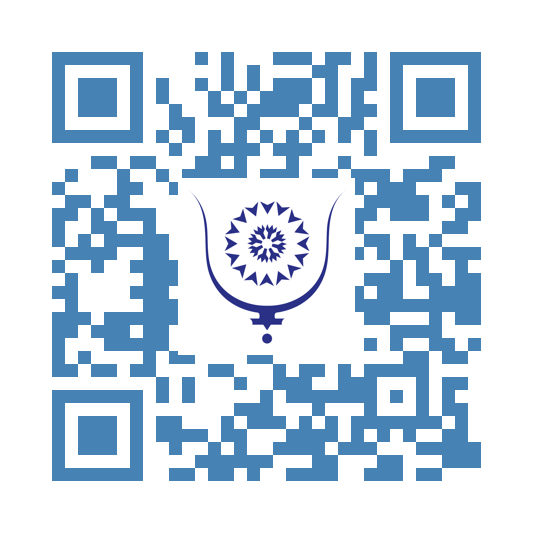La guerre du Coltan, personne n'en parle ou très peu... 2072
Dans nos appareils et équipements électroniques il y a des condensateurs et les écrans y sont de plus en plus présents dans notre vie. Même nos montres, pour ceux qui en portent, ont des écrans maintenant. Dans l’aéronautique les alliages, c'est à dire les avions que nous empruntant, il n' y a pas que du Cobalt et du Nickel.
Le minerai commun ici le Coltan. Il est rare mais pas partout. C'est un composite essentiel dans toutes ces technologies. Il en existe beaucoup au nord du lac Kivu en République Démocratique du Congo ; Une merveilleuse mer interne dont la beauté est à vous couper le souffle. Je me rappellerai toujours des beaux moments passés là. Près de 80 % des réserves mondiales sont là. Le reste de la quantité commerciale est partagé entre le Brésil, le Venezuela, le Canada, La chine, l’Espagne et l’Australie.
Le Coltan, très important dans les industries modernes, est stratégique pour toutes les puissances économiques et constitue donc un enjeu extrêmement important. Et qui dit enjeu dit volonté de s’en assurer la quantité nécessaire pour faire tourner la machine et au moindre coût si possible. En Afrique notamment dans cette région au nord du Kivu, c’est possible depuis les années soixante déjà. L’extraction y est toujours artisanale. Des jeunes s’y affairent à longueur de journée à la force des bras, avec des marteaux et burins, grattant le sol à la recherche du bon filon pour remplir des sacs de tonnes de terres ; en extraire le précieux minerai noir ou marron. Leur travail s’arrête là. D’autres en surface sont là pour récolter le labeur des jeunes et le remettre à des chinois et ou autres cachés dans la pénombre de hangar insalubres, tels des prédateurs à l’affut d’une proie. Le précieux sésame est négocié entre de 30 à 50 USD le kg…pas plus. Des entreprises en récolte des millions, les intermédiaires un bon pactole, les enfants quelques miettes et l’Etat inerte voit juste la chose se passer.
La zone du Kivu est en ébullition et instabilité permanente. Elle n’a jamais connu la paix depuis l’indépendance du pays dans les années soixante. Les contingents de maintien de la paix sont bien là mais pour quelle efficacité ?
Le Coltan est une malédiction pour ce Congo là…
Inutile de dire que personne ou presque ne se soucie de ce qui se passe dans la région, du sort des populations et du pays spolié. Les gens là-bas devraient vivre plus que décemment mais ça n’a jamais été le cas. Savent-ils ce qu’est vivre décemment, correctement de sa richesse et de son labeur. Les générations passent sans que rien ne change bien au contraire.
Depuis quelques jours le monde médiatique semble avoir redécouvert qu’il y a un là un conflit de haute intensité et que des milliers de pauvres gens sont torturés déplacés, pillés, violés, tués.
En 2012 comme c’était la mode un peu partout en Afrique centrale, s’était constitué un mouvement de libération qui s’était appelé Mars 23 pour devenir M23 au gré de la mode des dimunitifs. Il est formé des héritiers du fameux Congrès National pour la Défense du Peuple. Excusez du peu. Le gouvernement de RDC avait réussi à signer un accord de paix avec ce CNDP dont une faction va en 2022 considérer que celui-ci n’a pas respecté ses engagements. C’est une bande armée comme il en arrive facilement en Afrique. Du jour au lendemain des gens sont capables dans une région donnée, de lever une armée mieux équipée et plus puissante que l’armée nationale. Cela miraculeusement sans fabriquer ni armes, ni munitions, ni véhicules ni disposer de manufactures pour coudre des tenues, fabriquer des chaussures ou produire du carburant…Ce genre de mouvements n’est jamais présent dans les zones pauvres au contraire…Ils affectionnent particulièrement les zones riches plutôt que les zones pauvres. Une fois opérationnel, au nom d’un idéal déclaré révolutionnaire, ils s’emparent des richesses du sol et réduisent les populations à l’esclavage quand celle-ci n’est chassée ou déportée. Pour en prendre la mesure, il n’y a qu’à voir les rapports sur les réfugiés ou aller du côté du Rwanda pour voir l’étendue des camps de ces déportés abandonnés dans la misère sinon l’aide rationnée et toujours insuffisantes des ONG et de certains gouvernements, pour se donner bonne conscience.
C’est dans cette région de RDC opère donc le M23. Le gouvernement du Congo avait réussi vaille que vaille à l’affaiblir, mais voilà encore une fois comme par magie qu’il renait de ses cendres et se renforce depuis 2021. Il y a quelques semaines, il va mener une offensive spectaculaire et s’emparer justement de la région où l’on produit le plus de Coltan.
La particularité de la situation cette fois ci est que le M23 est ouvertement épaulé dans son offensive par pas moins de 4000 soldats rwandais. Ils sont rentrés triomphant dans la ville de Goma, plaque tournante du commerce du Coltan. N'en déplaise aux populations ou au gouvernement de RDC. Le plus fort est là et bien là.
Kinshasa la capitale de RDC est à quelques 48 heures de route de Goma et quelle route.
Là aussi comme ailleurs en ces temps, le droit international est bafoué et l’intégrité des terres et des peuples, piétinée. Les aventuriers du M23 sont sans projet aucun sinon que de s’accaparer le Coltan au profit de leur sponsor avéré le Rwanda qui ainsi et comme par hasard devient le premier exportateur de Coltan au monde sans que le moindre gramme ne soit extrait de son sol. Le prix passe à plus de 70 USD le kg.
Comme ce conflit se passe en Afrique, il n’intéresse même pas les africains eux-mêmes. Personne n’en parle ou très peu.
Les politiques eux gigotent avec un sommet des pays limitrophes, cette fin de semaine à Dar Essalam en Tanzanie. L’objectif affiché est de trouver une solution pour ramener la paix dans la région. Plus d’un savent que l’initiative est vouée à l’échec. Pour des raisons ethniques, Tanzaniens, Kenyans, Ougandais sont solidaires avec le Rwanda.
C’est dans ce contexte que le Maroc s’active, en envoyant son ministre des affaires étrangères Nacer Bourita et son Directeur des renseignements, chez le principal acteur de l'affaire, le président Rwandais Paul Kagamé.
Pourquoi donc le Maroc, pourtant si lointain de la zone ?
En fait personne d’autre ne connait la région depuis si longtemps et si bien. Le Maroc a depuis le début des années 60 conduit et participé au contingent de la paix dépêché par l’ONU. Depuis ce temps le Royaume chérifien a cumulé données et connaissances de la population, de la géographie et de la politique dans la région. Comme à son habitude in ne s’affiche pas en héros donneur de leçons mais en médiateur neutre. Il ne propose pas ouvertement une solution mais va plus peser par sa sagesse et la considération galopante dont il jouit sur le continent.
Attendons donc quelques jours avant de se prononcer sur le sort de cette médiation et sur les intentions des uns et des autres.
En attendant, « les esclaves innocents » continueront à gratter la terre offrir au monde des écrans et des condensateurs.




